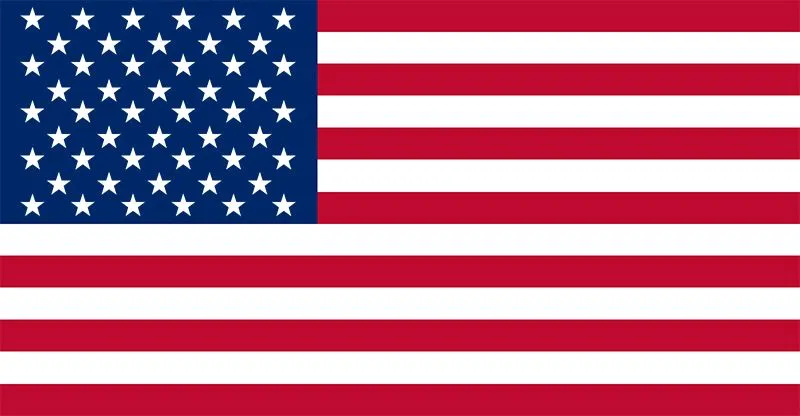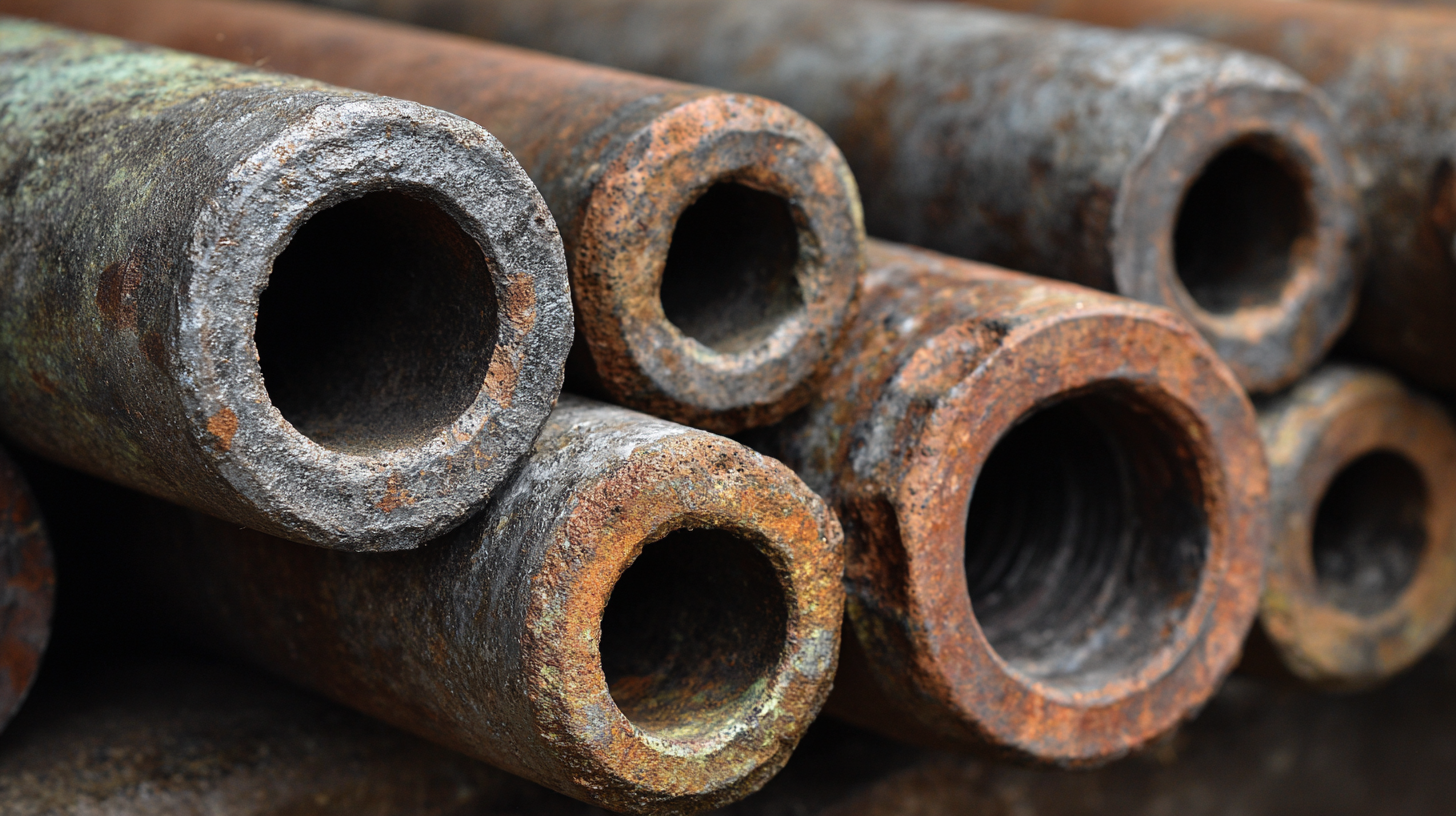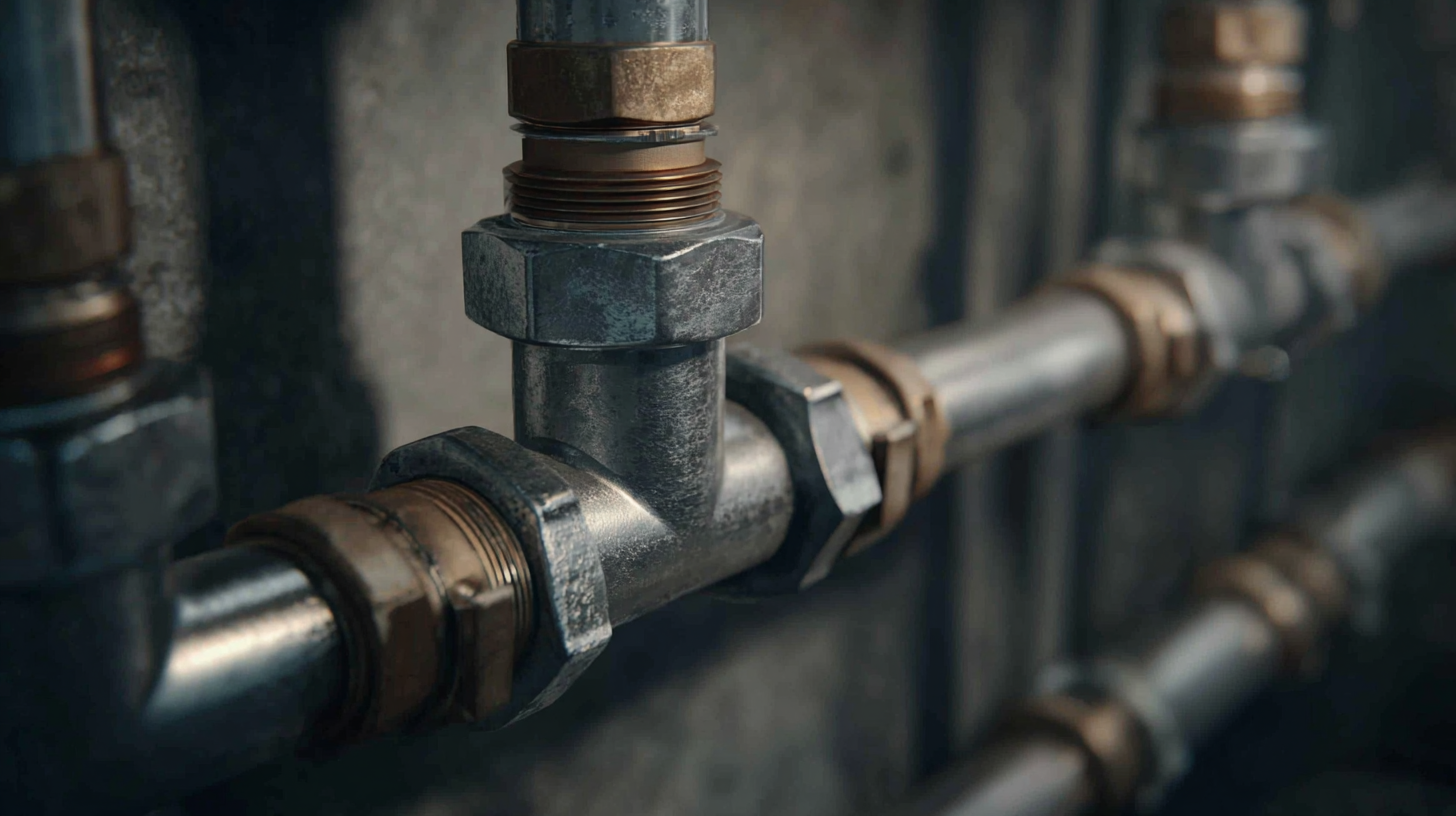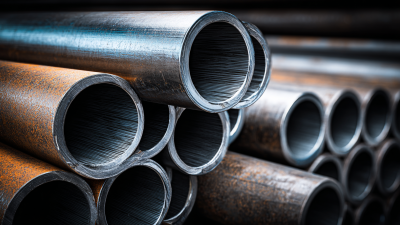
Made in America
Get Connected With



Email Us
sale@abrvpartsacc.com
Call Us
+1 (626) 448-2100
Made in America
Get Connected With




In the realm of plumbing, understanding pipe fittings is crucial for achieving optimal solutions in various applications. Pipe fittings serve as essential connectors that allow for the arrangement and alteration of piping systems, ensuring efficient fluid transport and pressure management. With a myriad of types available, each designed for specific functions—such as bends, tees, and couplings—plumbers and engineers alike must comprehend the dimensions and characteristics of these fittings to make informed choices. This knowledge not only enhances the performance of plumbing systems but also minimizes the risk of leaks and failures. In this article, we will delve into the different types of pipe fittings, their dimensions, and practical applications, equipping readers with the insights necessary for successful plumbing projects.

Pipe fittings are essential components in plumbing systems, serving various purposes and coming in multiple types to meet different needs. Understanding the various types of pipe fittings is crucial for achieving optimal plumbing solutions. Some common variants include elbows, tees, crosses, couplings, and reducers. Elbows allow for directional changes in piping, while tees enable branch connections. Couplings are vital for joining two pipe ends, and reducers help transition between different pipe diameters, ensuring a smooth flow and preventing pressure loss.
The applications of these fittings extend beyond mere connections; they are crucial for maintaining the integrity of plumbing systems. For instance, the choice of fitting can affect water pressure, flow rate, and the overall efficiency of the system. In commercial settings, the correct selection of pipe fittings can lead to significant cost savings and easier maintenance. Moreover, advancements in materials and manufacturing processes have introduced new options like plastic and composite fittings, which offer durability and resistance to corrosion. This variety ensures that plumbing installations are not only functional but also tailored to the specific requirements of the project.
| Type of Pipe Fitting | Dimensions (inches) | Material | Common Applications |
|---|---|---|---|
| Elbow | 1", 2", 3" | PVC, Copper, Steel | Changing pipe direction |
| Tee | 1", 2", 3" | PVC, Copper, Steel | Branching off pipe |
| Reducer | 2" x 1" | PVC, Steel | Reducing pipe size |
| Coupling | 1", 2", 3" | PVC, Copper, Steel | Joining two pipes |
| Cap | 1", 2" | PVC, Copper | Closing ends of pipes |
 When selecting pipe fittings for plumbing applications, understanding key dimensions is crucial for ensuring compatibility and efficiency. Pipe fittings come in various sizes, and these dimensions directly affect how well they connect with pipes and other fittings. The nominal pipe size (NPS) is an essential measure, indicating the pipe's diameter and thereby influencing the fitting's selection. It is critical for plumbers to reference industry standards, such as those provided by the American National Standards Institute (ANSI), to confirm that the sizes match appropriately.
When selecting pipe fittings for plumbing applications, understanding key dimensions is crucial for ensuring compatibility and efficiency. Pipe fittings come in various sizes, and these dimensions directly affect how well they connect with pipes and other fittings. The nominal pipe size (NPS) is an essential measure, indicating the pipe's diameter and thereby influencing the fitting's selection. It is critical for plumbers to reference industry standards, such as those provided by the American National Standards Institute (ANSI), to confirm that the sizes match appropriately.
In addition to the nominal size, other dimensions such as the wall thickness, length, and the shape of the fittings must be considered. These factors play a significant role in determining the fitting's pressure rating and functional suitability for specific plumbing systems. For instance, a fitting designed for low-pressure systems may not perform adequately under high-pressure conditions. By closely examining these dimensions, professionals can make informed decisions, ensuring seamless installations and helping to avoid costly repairs or inefficiencies in plumbing systems.
In modern plumbing systems, the application of different pipe fittings is crucial for ensuring efficiency and reliability. According to the Plumbing Manufacturers International (PMI) report, the proper selection of pipe fittings can enhance water flow, reduce pressure loss, and minimize maintenance costs, significantly impacting the overall performance of plumbing installations. For instance, elbow fittings are commonly used to change the direction of pipes, typically at angles of 90 or 45 degrees. Their strategic application can result in smoother transitions and less turbulence in water flow, which is essential for both residential and commercial installations.
Moreover, T-junctions and couplings play a vital role in creating branch lines from a main pipe. A study published in the Journal of Plumbing Engineering found that implementing high-quality fittings, such as those made from durable PVC or brass, helps in preventing leaks and ensuring longevity in plumbing systems. It was reported that systems utilizing reliable couplings and tees experienced up to a 30% reduction in failure rates compared to those with lower-quality fittings. This underscores the importance of selecting appropriate pipe fittings that cater to specific applications, as they are fundamental in maintaining the integrity and efficiency of plumbing networks.
When selecting pipe fittings for plumbing systems, the choice of materials significantly influences both performance and durability. Common materials include PVC, copper, and stainless steel, each offering distinct advantages. For instance, PVC is lightweight and resistant to corrosion, making it ideal for residential plumbing, particularly in areas where moisture is a concern. In contrast, copper fittings are prized for their longevity and ability to withstand high temperatures, which makes them suitable for hot water applications.
Moreover, the choice of material affects installation and maintenance. Stainless steel, known for its strength and resilience, is often favored in industrial settings where high pressure and harsh chemicals are present. However, it can be more expensive and challenging to work with, prompting some to opt for easier-to-install alternatives like PVC or copper. Understanding the specific applications and environments where these materials will be used is crucial for achieving optimal plumbing solutions and ensuring long-term functionality.
When tackling plumbing projects, selecting the right pipe fittings is crucial for both performance and longevity. According to the National Plumbing Code, the proper choice of fittings can influence water flow efficiency by up to 30%. Given the variety of available materials—such as PVC, copper, and stainless steel—it's essential to consider the specific requirements of your project. For instance, PVC is recommended for drainage systems due to its corrosion resistance, while copper is often preferred for hot and cold water supply lines.

Tips: Always check the fitting dimensions against the specifications of your pipes. This ensures a secure and leak-free connection, reducing the potential for costly repairs in the future. Additionally, take into account the environment of installation; fittings exposed to extreme temperatures should be chosen carefully to prevent breakdown.
Installation techniques also play a pivotal role in the overall success of plumbing systems. In a recent report by the Plumbing Industry Institute, improperly installed fittings were linked to more than 40% of plumbing failures. Therefore, using the right tools and following manufacturer guidelines can greatly enhance the durability of your plumbing system. Make sure to apply adequate torque when securing fittings and allow for expansion in temperature-sensitive areas.





